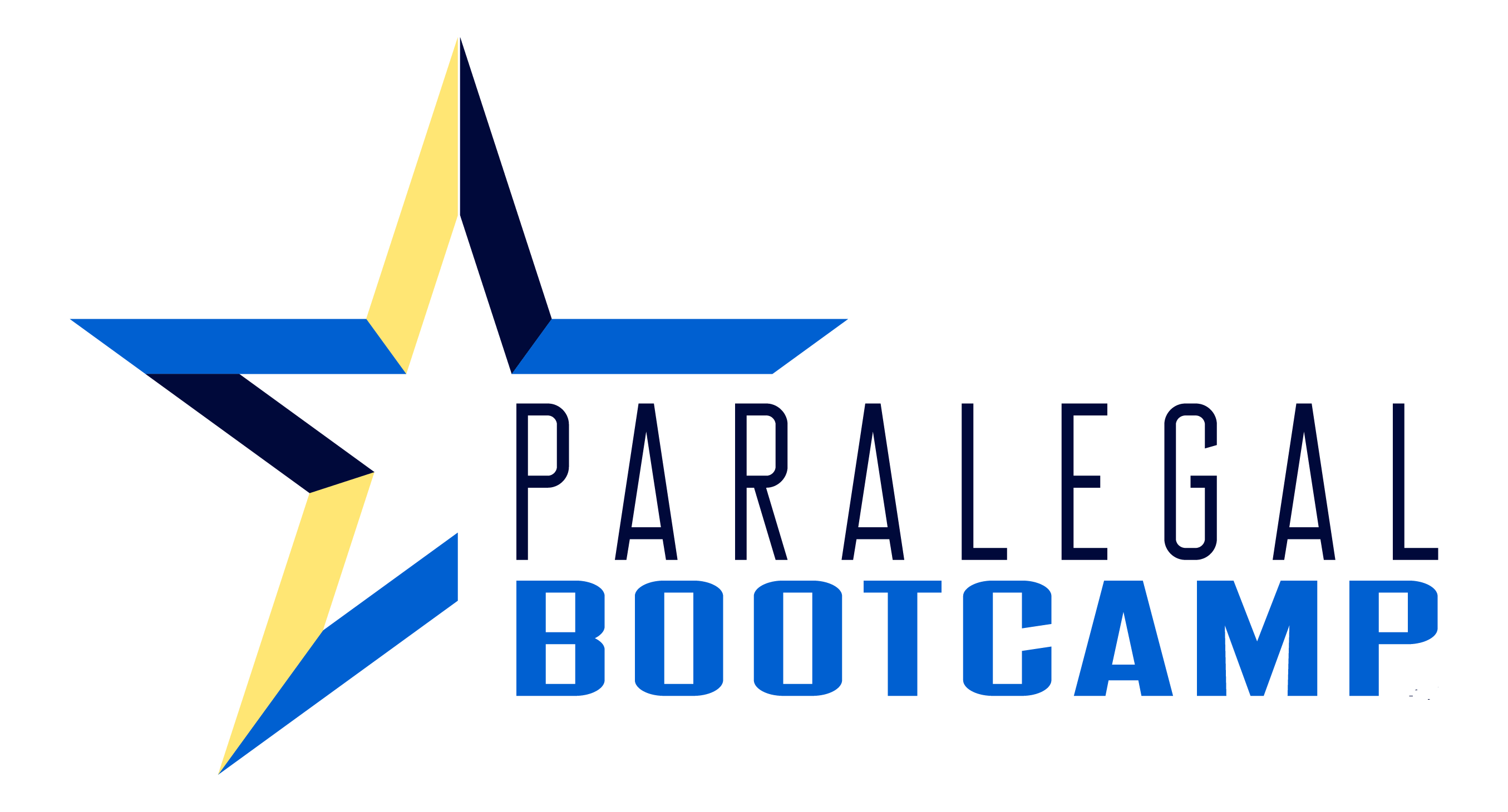As a litigation paralegal, you need to be good at finding the relevant court rule quickly. Even with the ability to do a keyword search online, you want to make sure your results are refined so that you do not waste your time sifting through dozens of irrelevant search results.
In my first paralegal position back in the early ’90s, the partner I worked for did me a big favor for my career and I did not even know it at the time. Every time I went to him and asked him what to do about a particular court filing or other litigation-related issues, he would answer, “I don’t know, Ann. What do the rules say?” I would go back to my office and spend far too long trying to find the relevant court rule. Feeling frustrated, I would think to myself, “he knows the answer, why can’t he just tell me?!”

Back then, there was no such thing as Google or online court rules. Litigation paralegals had to pull out an old-fashioned paper book and flip to the index to find the relevant court rule.
Searching the index is not the best option.
I quickly realized that going to the index was not the best way to find a relevant court rule. Most often, you need a specific rule during a specific aspect of the case.
For example, let’s say that you have to record a final judgment and want to know what the process is. If you look up the word “judgment” in the index (or search it in the online version now), you’re going to come up with dozens of results that relate to summary judgment motions and other things that don’t have anything to do with the steps involved in recording a final judgment.
Litigation Paralegal Boot Camp
Are you tired of being the Panic Mode Paralegal who spends your days playing whack-a-mole with last-minute rush projects because you’re waiting for someone to show you what it takes to be great litigation paralegal?
This is the only program of its kind that provides litigation paralegals with all of the tools to master litigation cases from the complaint through the trial, and everything in between.
You will be the Confident Case Strategist faster than you ever imagined possible.

A more efficient way of finding the most relevant court rule is to understand that all of the rules (regardless of whether it’s federal or state court) are organized in the way a case naturally proceeds through the court system. Rules that relate to the filing of a complaint and service of process are going to be in the early sections of your court rules. Then there will be rules relating to the motions practice, moving on to the discovery phase, the pretrial phase, the trial, and then the judgment, appeal, etc.

Do these 3 things to help reduce the time you spend finding the relevant court rule.
-
- Put together a cheat sheet like the one below. This one is based on the Federal Rules of Civil Procedure. You could also do something similar for state court rules.
| Rule Number(s) | Section |
| 3 | Commencing an Action |
| 4 | Summons |
| 5 | Service and Filing Pleadings & Other Papers |
| 6 | Computing and Extending Time |
| 7 – 16 | Pleadings and Motions |
| 17 – 25 | Parties |
| 26 – 37 | Discovery |
| 38 – 53 | Trial |
| 54 – 63 | Judgment |
| 64 – 71 | Enforcing Judgment |
As you put together your cheat sheet, you’ll notice that most local and state court rules follow the same numbering system.
2. For the sections you use most, do a more detailed listing. Here’s one for discovery:
| 26 | Discovery, Generally |
| 27 | Depositions to Perpetuate Testimony |
| 28 | Persons Before Whom Depositions May Be Taken |
| 29 | Stipulations About Discovery Procedure |
| 30 | Depositions Upon Oral Examination |
| 31 | Depositions by Written Questions |
| 32 | Using Depositions in Court Proceedings |
| 33 | Interrogatories to Parties |
| 34 | Producing Documents, Electronically Stored Information, and Things |
| 35 | Physical and Mental Examinations |
| 36 | Requests for Admissions |
| 37 | Failure to Make Disclosures |
3. When you’re trying to find the most relevant rule, use the chart to go to that section and read the entire rule.
As you read a rule in its entirety, you will notice that the court rules give you direction on what the court requires as part of that process. For example, if you want to know what is required to request a physical examination of a party, rather than searching the index for “physical” or “examination” (which would give you dozens of search results) you would go directly to Rule 35 and read the rule in its entirety.
You don’t have to memorize the court rules.
You don’t need to memorize every court rule (although that will come naturally after many years of working in litigation). As a litigation paralegal, you just need to know how to find the relevant court rule quickly.
Meet the Author

Ann Pearson is the Founder of the Paralegal Boot Camp, and host of the Paralegals on Fire! Podcast Show, and passionate about promoting the paralegal profession.
Ann spent 20 years working as a paralegal manager and a litigation paralegal before opening the Paralegal Boot Camp in 2010.
Ann’s training programs focus on adding immediate value to a paralegal’s career and bridging the gap between what a paralegal learns in school and what they actually do on the job.
Visit the About Us Page to learn more about why Ann started the Paralegal Boot Camp.

























